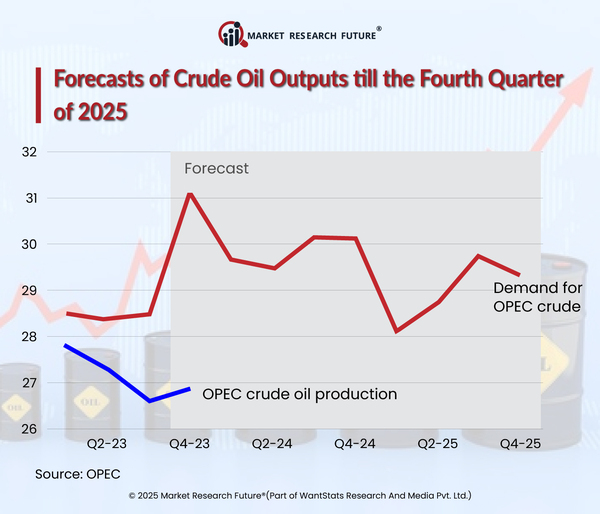
Declining Fertility Rate of Europe in 2023, Survey Reveals
By Rahul Gotadki , 06 March, 2023
A nation's fertility rate is the most used metric to measure the rate at which a nation's population increases or decreases, ranging from the most developed to the least developed countries. The fertility rate measures the average number of children women of childbearing age give birth to in the respective country.
The fertility rate is closely related to the birth rate, which counts the number of live births per 1000 people in a country yearly. It determines the replacement rate if the number of new citizens of a country born every year is higher or lesser than the number of citizens who are expiring. Population growth or shrinkage directly impacts a country's economic stability and development.
According to the reports, the current birth rate for the world is 17.464 births per 1000 people in 2023. It has declined by 1.15 percent from 2022 in value. The birth rate for the world in 2022 was 17.668 births per 1000 people; in 2021 was 17.873 births per 1000 people, and in 2020 was 18.077 births per 1000 people.
As per the data, the fertility rate in Europe is relatively low overall, with no country above 2.0, and has declined in recent years. It has been stated previously as a global trend. Factors include socioeconomic incentives to delay childbearing, lack of child care, lowering the desired number of children, and changing gender roles. France has the highest fertility rate, with 1.9 in Europe. But the most elevated rate r however, is still lower, with a population replacement level of 2.1 births per woman. Italy also sits at a 1.3 fertility rate, causing concern as their government doesn't assist with childcare costs in Italy. The low fertility rate and longer life expectancy combined make Italy a significantly older population.
Forecast of Population Growth Rate with Working Age Population till 2050
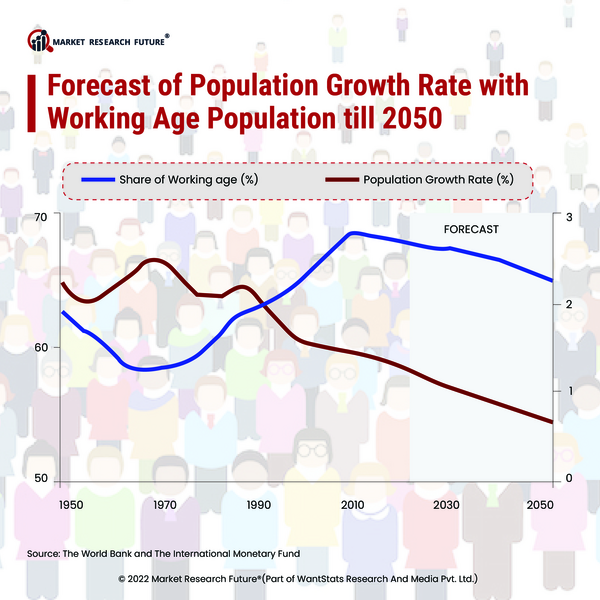
Latest News

Asia has retained the position as the top oil importer in 2025, and continues to maintain that critical position in the energy sector that the world relies on. China has retained its top spot as the most prominent crude oil importer since 2013. The…
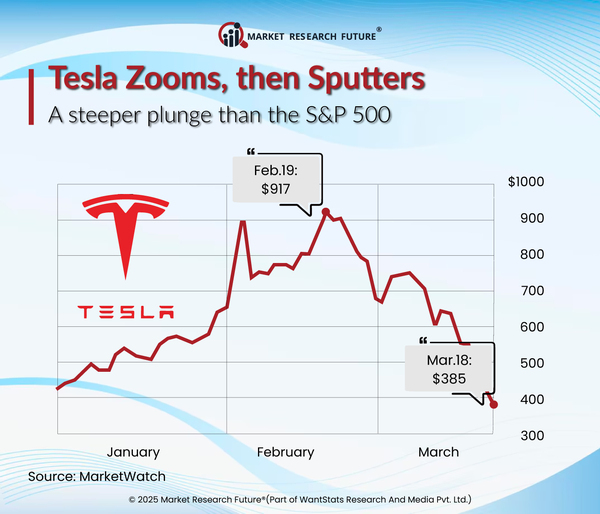
Once the clear leader in the electric vehicle (EV) sector, Tesla's European market is expected to be drastically declining in 2025. Although CEO Elon Musk is still divisive in the United States, recent registration numbers show a bleak image of…
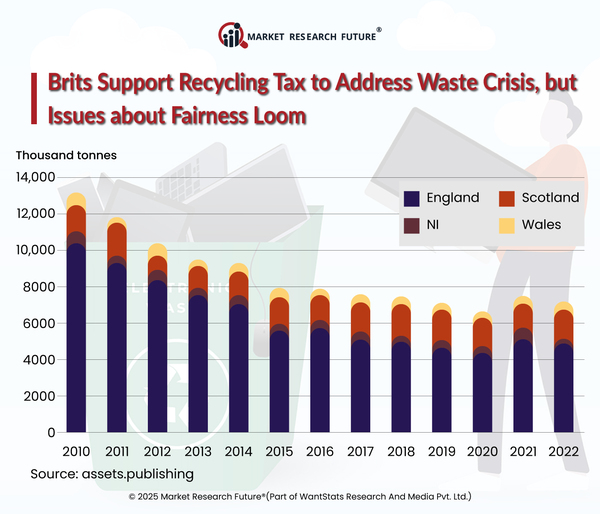
In 2025, the UK government unveiled many essential policies to address the growing trash situation, including a new plastic packaging tax and a landfill fee rise to lessen dependency on landfills. Studies show that over half of Britons support taxes…
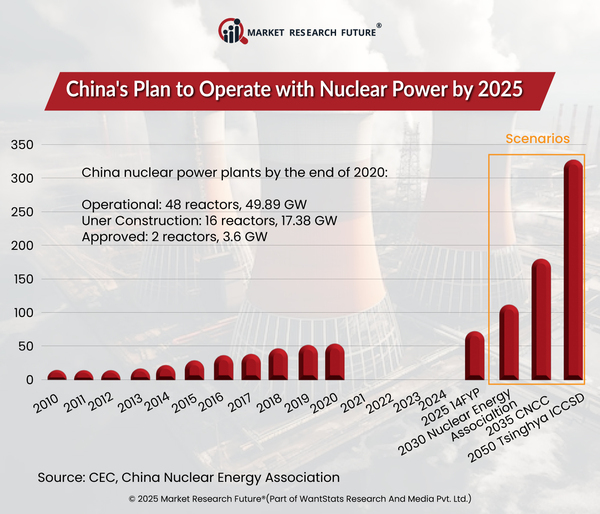
Nuclear energy capacity is growing significantly from the beginning of 2025. It is due to increasing concerns over climate change, and energy security amidst fluctuating fuel prices followed by net-zero targets set up by nations globally. Further…
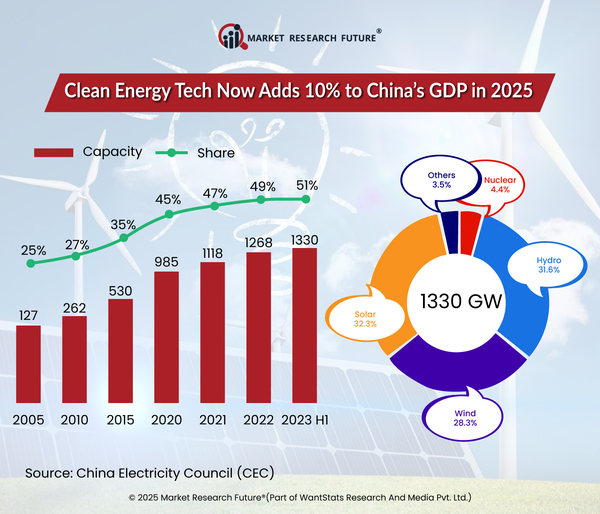
A recent study by Carbon Brief and the Centre for Research on Energy and Renewable Air (CREA) shows that China's clean energy industry has hit a major milestone, contributing more than 10 percent to the GDP in 2024. This comes to around $1.9…

Assistant Manager
Latest News













